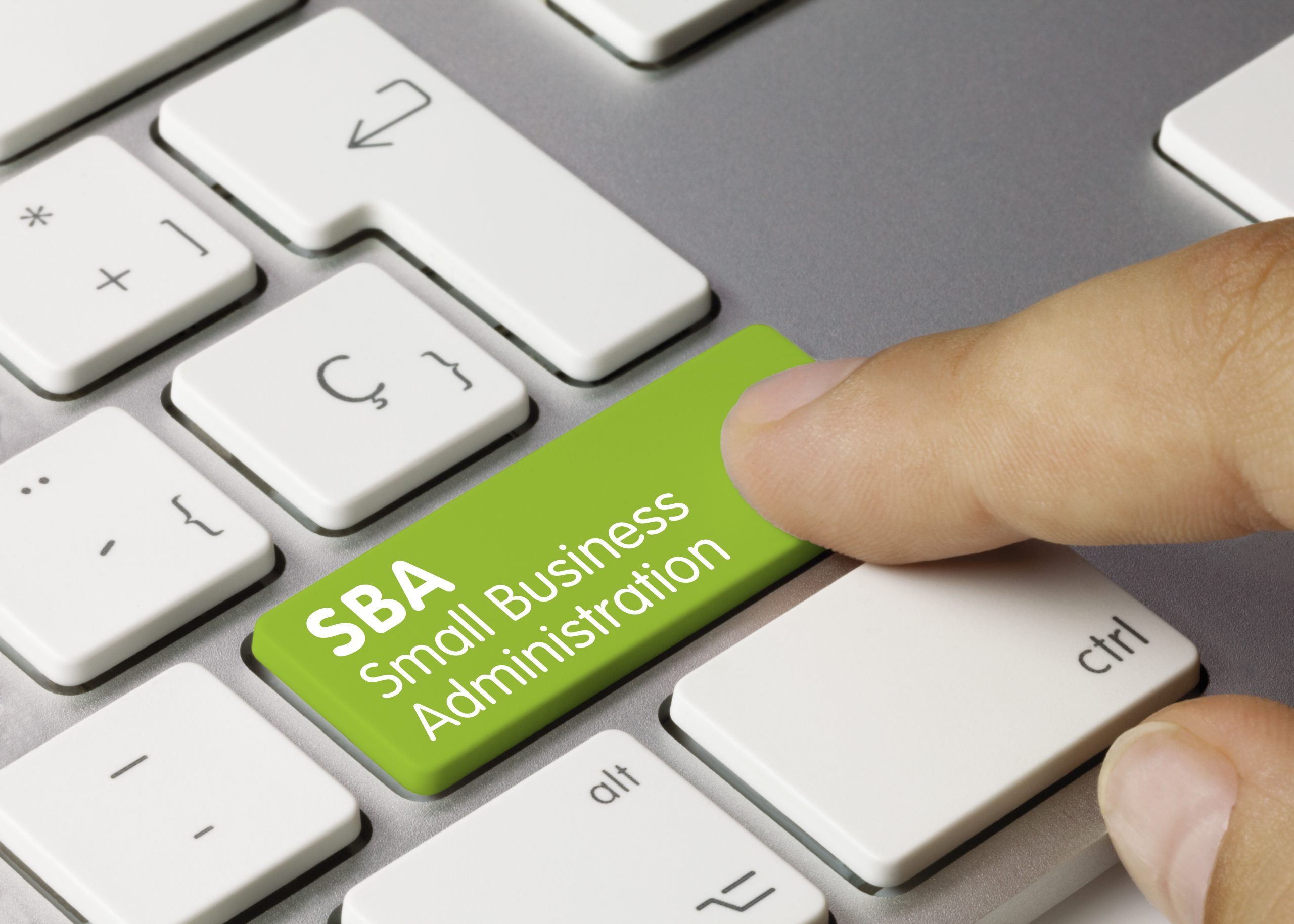What do you remember about 2012?
Barack Obama was on his way to a second presidential term, and Xi Jinping was just assuming his leadership roles in China. Instagram was acquired by Facebook, and Snap was just a year old. Lyft entered the ride-sharing scene, a few years behind Uber. (Although I did take my first Uber ride in 2012, according to the app’s ride history.) DoorDash didn’t exist yet; Tinder was just getting started. Carly Rae Jepsen and Gotye had hit songs, and One Direction was still topping charts (as a group).
Why this brief look back? Because early in the COVID-19 pandemic, during the spring of 2020, some of our public policy responses relied on small business data from 2012. Namely, the Survey of Business Owners (SBO) from that year.
Not entirely, and not universally. But when policymakers, the public, the media—really everyone—were trying to understand the effects of the pandemic and lockdowns on small businesses, they cast about for data. What did they find?
- They would have found the 2016 results of the Annual Survey of Entrepreneurs (ASE), but the ASE was discontinued so 2016 was latest year of data. It incorporated parts of the SBO but not all of it; the SBO had more detailed industry and geographic data.
- They would have found data from the Annual Business Survey (ABS), which succeeded both the SBO and ASE. But the 2019 ABS data release didn’t happen until the end of May 2020.
- They would have eventually come to the 2012 SBO results.
At the time, when Congress and the Trump administration were designing massive emergency assistance efforts such as the Paycheck Protection Program (PPP), a complete picture of the American small business landscape only existed circa 2012. (Later in the summer, economist Rob Fairlie provided insightful analysis based on the Current Population Survey.)
National Small Business Week, which concludes today, affords an opportunity to not only examine how small businesses are doing but also take a look at the main government agency charged with supporting them. The Small Business Administration (SBA) has an opportunity to learn from the COVID-19 experience and work with Congress to pursue changes based on lessons learned. There is no shortage of external challenges, which this column looked at earlier. Here, we look at some of the internal opportunities.
Data is one of those.
Innovations and Improvements in Data
Gaps in data on small business are not the fault of the SBA. And it would be unfair to proceed without pointing to the many examples of excellent public data on small business and entrepreneurship. The Census Bureau in particular has been a font of new products, from the Business Dynamics Statistics and Business Formation Statistics to the Small Business Pulse Survey. The Pulse Survey was created during the pandemic to fill the holes in our empirical understanding of small businesses. This column relies on it frequently. There is also good, regular data from the Federal Reserve on small business lending credit.
But, as the SBO example demonstrates, there is ample room for improvement. For one thing, Pulse and ABS are surveys so they necessarily don’t cover the entire universe of small and young companies.
The SBA faces some constraints here. Just because I’ve identified this as an “internal challenge” for the agency doesn’t mean it can do much about it. But, the post-COVID moment provides as good a chance as any for the agency—perhaps with support from Congress, the National Economic Council, or other federal agencies such as USDA—to push a substantive conversation and reform effort about how to improve small business and entrepreneurship data.
Getting Entrepreneurial About Entrepreneurial Development
Prior to COVID-19, the biggest line item in the SBA budget was for entrepreneurial development programs: small business development centers (SBDCs), women’s business centers (WBCs), and the like. These serve tens of thousands of small businesses each year and, for many, are the logical starting point when starting a new business.
There seems to be little question about their need and role. A Congressional Research Service overview pointed to a “general consensus” that the programs “serve an important purpose and, for the most part, are providing needed services that are not available elsewhere.” Existential satisfaction, however, is not the same as performance contentment. The same CRS report noted a “general consensus that making federal training programs more effective and responsive to the needs of small business would help retain and create jobs.”
The report noted repeated bills in Congress to institute outcome-based measures for the programs. Policymakers generally like the SBA’s entrepreneurial development programs—but, especially in the wake of COVID-19, would like to see more in terms of their impact.
The landscape the programs are operating on is also shifting rapidly. John Haltiwanger has pointed out that one-third of the increase in new business applications from 2019 to 2020 was accounted for by “nonstore retailers.” I.e., e-commerce companies. The typology of small and young companies that SBDCs seek to serve is different from just a few years ago let alone a few decades ago.
Procuring Reform
Small business participation in federal contracting has been on a steady decline for a decade. While only a fraction of small employer businesses (roughly two percent) actually serve as federal contractors, the procurement marketplace is important for a number of reasons. Competition, economic development, opportunities for underrepresented business owners, national security, government innovation—these are the purposes that small business procurement participation serves.
Here, as with data, the SBA is constrained in what it can achieve. But, small business contracting is on the White House’s radar. And, the SBA is responsible for issuing agency-wide procurement scorecards each year. This provides it with an opportunity to alter what is paid attention to and what is pursued.
Changes that widen the funnel of small business participation in federal procurement would enjoy widespread support. A recent Goldman Sachs 10,000 Small Businesses Voices survey found that 82 percent of respondents support such moves. Political support has been and would be bipartisan as well. In a recent letter sent to Congress, the Bipartisan Policy Center urged pro-small business reforms in upcoming legislative vehicles.
This by no means exhausts the internal opportunities and possible priorities within SBA. Crisis response, especially PPP, continues to dominate the agency’s agenda. The COVID-19 crisis has highlighted where, once the crisis abates, the agency might direct its efforts.
Article Credit Forbes.com







